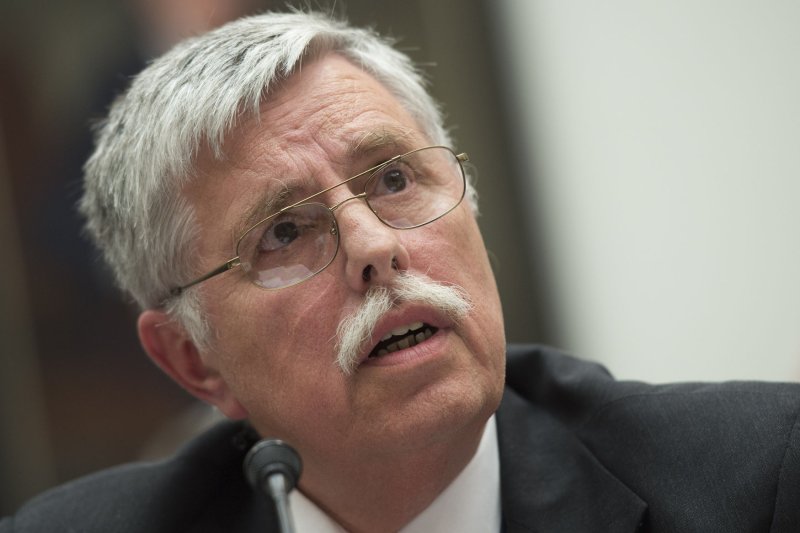1 of 6 | Joseph H. Boardman, President and Chief Executive Officer of Amtrak, testifies during a House Committee on Transportation and Infrastructure hearing on Amtrak Accident in Philadelphia on Capitol Hill in Washington, D.C. on June 2, 2015. Photo by Kevin Dietsch/UPI |
License Photo
WASHINGTON, June 2 (UPI) -- Amtrak's CEO said Tuesday the fail-safe technology aimed at controlling train movement will be in place on the entire Northeast Corridor by the end of 2015.
Joseph Boardman told the House Transportation and Infrastructure Committee the technology, known as positive train controls, have been installed on tracks between New Haven, Connecticut and Washington, D.C., but haven't been activated as testing continues. National Transportation Safety Board Chairman Christopher Hart said positive train controls, which can automatically stop a train before a derailment, would have prevented the May 12 crash that killed eight and injured more than 200.
Boardman told the committee the train would have likely stayed on the tracks if it was traveling below 98 mph. NTSB investigators found it was traveling at 106 mph just before it entered a curve and derailed. Boardman said trains traveling the same route but southbound operate with "automatic train controls," an earlier version of the technology that automatically slows trains to 45 mph.
"The northbound track did not have the same protection installed because the approach speed was 80 mph, which was slow enough that a train could round the curve at that speed without derailing if the engineer failed to slow down,'' Boardman said. "At the time, the notion that an engineer might accelerate into the northbound curve was not a circumstance we anticipated and thus we didn't mitigate for it.''
The NTSB preliminary report on the crash, issued Tuesday, said investigators found no anomalies on the train braking systems, signals, and track geometry. Investigators are still reviewing the engineer's cellphone.
"Although the records appear to indicate that calls were made, text messages sent, and data used on the day of the accident, investigators have not yet made a determination if there was any phone activity during the time the train was being operated," the NTSB report stated. "Investigators are in the process of correlating the time stamps in the engineer's cell phone records with multiple data sources including the locomotive event recorder, the locomotive outward facing video, recorded radio communications, and surveillance video."















